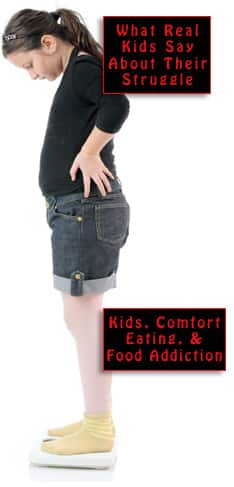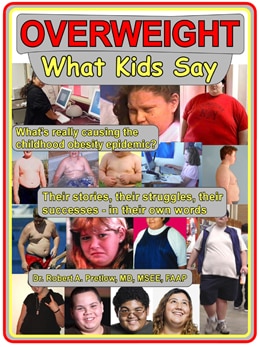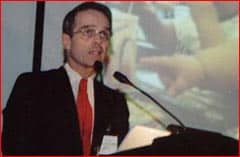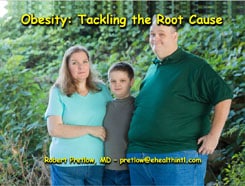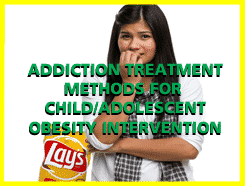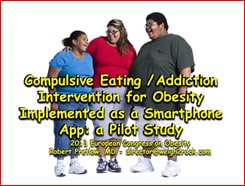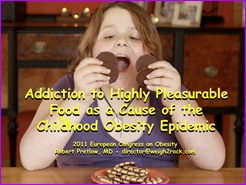
We have discussed the concept of displacement and its various manifestations. In the most primitive sense, displacement is an escape valve for the mental energy generated by a threatening situation. In the most elemental case, the choices might be limited to “fight” or “flight.”
In the simplest terms, someone with a threatening food addiction might opt to fight, by getting into a program of some kind; or to flee by ignoring the threat and by putting all that mental energy into (for instance) online gaming, a very sedentary occupation that offers a lot of opportunity for snacking.
But we humans are more complicated than that, and sometimes our wires get crossed. A previous post offered the example of the so-called “fitness freak,” who trades in their doughnut habit for an obsession with working out, losing fat, and gaining muscle — to a degree that bystanders might call obsessive. But as long as a displacement activity keeps the person away from their drug of choice, while at the same time doing no harm, and while actually achieving good results, why not just accept it and move on?
The fly in the ointment
For Oprah Winfrey, however, no amount of activity could displace her craving for bread and potatoes and a whole lot of other edibles. For decades, she was a whirlwind of energy, constantly involved with professional obligations and thoroughly invested in charitable efforts.
Going back to the most elementary definition of displacement behavior, she focused on helping people flee or fight; to escape or defeat obesity. One of her 1995 TV episodes on “fattertainment” was optimistically described like this: “By providing solutions, rather than showcasing problems, the show hopes to use the power of broadcasting in a positive manner.”
Three young girls had written to the host about their uncomfortable feelings and experiences around excess weight. Oprah’s crews filmed their families and the girls and their mothers appeared on the show to talk about the “emotional roadblocks” that contribute to obesity among the young.
On the personal level
In 1995, at age 47, Oprah started to work with trainer Bob Greene, because like any sane person, she realized that having an intellectual realization is not the same thing as living the newly revealed truth. Still, it took a few more years and some unnerving heart palpitations to really jolt her into high gear. Eventually, it occurred her that “taking care of my heart, the life force of my body, had never been my priority” — and then proceeded to organize life differently with an eye toward shrinking the influence of the three ominous O’s — “Overeating. Overstressing. Overdoing.”
Furthermore — and this appears to be a vital element of the whole equation — to quote Oprah, “I no longer hated any part of myself, including the cellulite.” Ten years later, the cover of O magazine feature a toned 160-pound Oprah. By this time, she thought the actual battle with excess weight had been won. Looking back later, she said,
I’d conquered it. I was so sure, I was even cocky. I had the nerve to say to friends who were struggling, ‘All you have to do is work out harder and eat less! Get your 10,000 steps in! None of that starchy stuff!’
Not long afterwards, puzzled medical professionals diagnosed her first with hyperthyroidism, then with hypothyroidism, and what with one thing and another, exercise began to seem less of a priority, and she was warned by a doctor that it would be necessary to “learn to embrace hunger,” which she was in no way prepared to do.
Your responses and feedback are welcome!
Source: “On abandoning ‘fattertainment’: Why the way we talk about childhood obesity matters,” Salon.com, 03/22/24
Source: “Making Peace With My Body,” Oprah.com, 08/01/02
Source: “The Highs and Lows of Oprah Winfrey’s 50-Year Weight Loss Journey,” MSN.com, 03/24/24
Image by aphrodite-in-nyc/Attribution 2.0 Generic

 FAQs and Media Requests:
FAQs and Media Requests: 